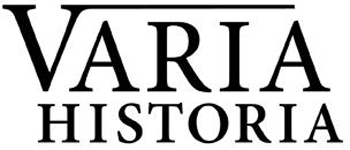Resumo em Português:
Este artigo estuda a cultura dos ofícios em uma perspectiva histórica de longa duração. Trabalhamos com a hipótese de que o universo dos ofícios transcende sua dimensão econômica, pois inclui um ethos pautado por regras, saberes, valores, crenças, comportamentos e redes de sociabilidades específicas. Em meio a variações, ambiguidades, tensões e oposições, ela engendrou um mundo social próprio e crucial para o funcionamento longevo das sociedades pré-industriais no Ocidente e no Oriente. Organizado em dois tempos, o artigo destaca, de um lado, as práticas constitutivas da cultura dos ofícios, hoje objeto de interesse de museólogos e de políticas patrimoniais. De outro, analisa os desdobramentos da memória construída em torno da cultura dos ofícios, ao longo do século XIX e primeiras décadas do século XX, período em que ela cede primazia para outra cultura do trabalho: a cultura operária.
Resumo em Inglês:
This article studies craftwork culture in a long term historical perspective. Our hypothesis is that the universe of craftworks transcends the economic dimension, for it involves an ethos based on rules, knowledge, values, beliefs, behaviors and specific social networks. By way of variations, ambiguities, tensions and oppositions this culture created its own world, which proved crucial to the longevity of both Eastern and Western pre-industrial societies. The article focuses on two periods and emphasizes, on the one hand, the constitutive practices of craftwork culture, which today is an object of special interest for those who study museums and elaborate policies linked to historical heritage. On the other hand, it analyses the consequences of the memory of craftwork culture forged during the 19th century and the early decades of the 20th century, a period in which it lost its primacy to another work culture: that of the proletariat.
